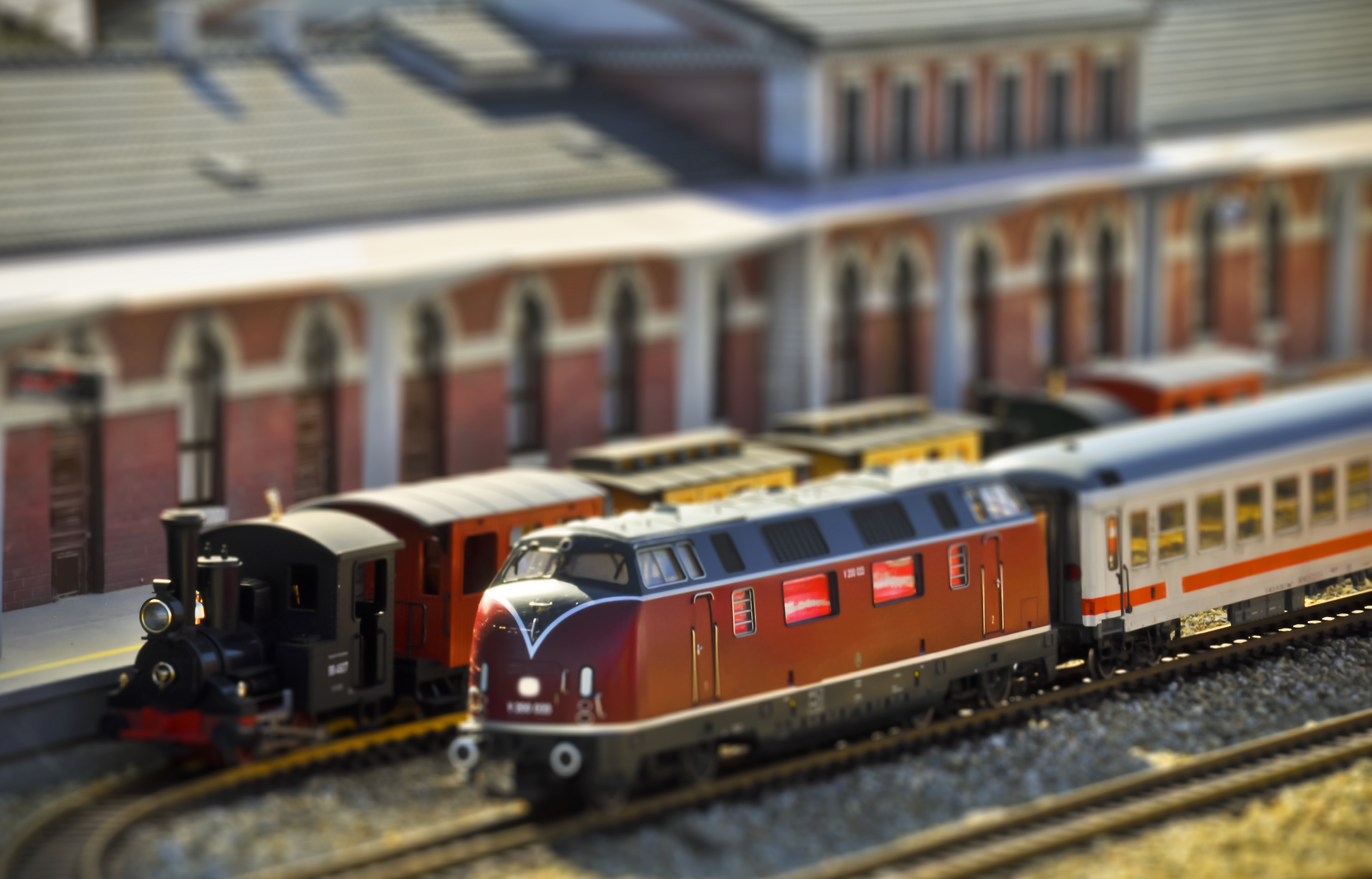Recent Posts
A Guide to Model Train Scales
Posted on
Even those who have worked with model railways for a while may struggle to keep model train scales straight: HO, S, N, O... It starts to look a bit like a chemical formula after a while. Based on information from the National Model Railroad Association, here's a quick and easy breakdown of scale differences in model trains.
Model Train Scales:
- O: Also known as the 1/4 inch scale. Model trains at this scale are created at a 1:48 ratio of the real thing.
- S: Introduced by American Flyer, this scale is 1:64 actual size.
- HO: The 1/8 inch scale. This scale is roughly 1:87 actual size.
- TT: This scale is a 1:120 ratio.
- N: This scale is a 1:160 ratio.
- Z: The smallest of the standard scales, Z has a ratio of 1:220.
Besides scale differences, there are also differences in gauge, which does not necessarily correlate to the scale. In short, while scale is represented by a ratio of the model train to a life-size train, gauge refers to the distance between rails. Like scale, gauge is usually identified in a standardized way.
Track Gauges:
- Normal track gauge is 4'-8 1/2". If no gauge designation is given in the name (e.g. just O, N, etc.), this is the default distance between rails.
- Narrow gauge is identified by a lowercase "n" followed by a number indicating the distance between rails. For example: On3 would mean O scale, narrow gauge, 3' between rails. On2 would be read as O scale, narrow gauge, 2' between rails.
There are additional nuances to these categories and proportions, but this gives you the basic differences in model train scales. This will cover the most common model train sets, and hopefully it has given you a solid understanding to get started in this exciting and engaging hobby.
 Loading... Please wait...
Loading... Please wait...

